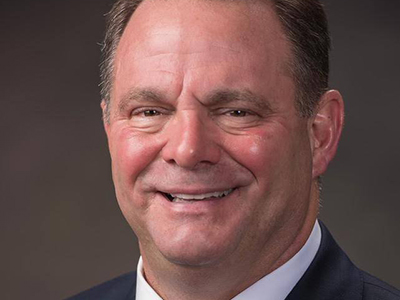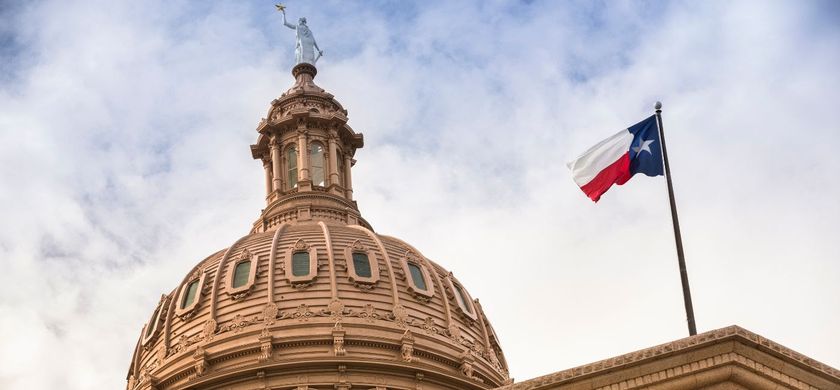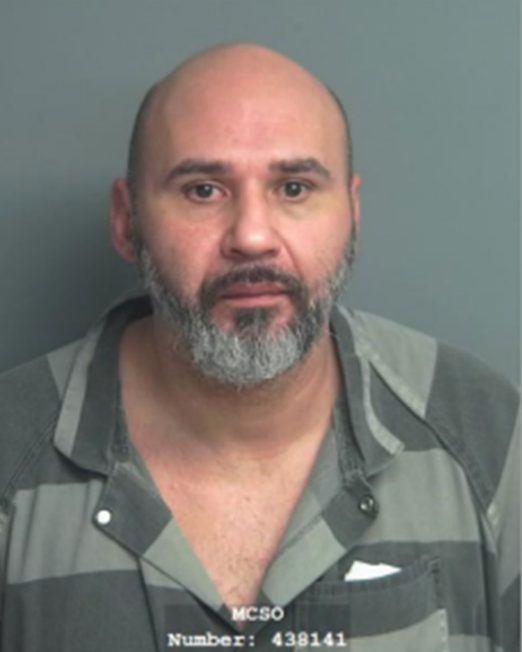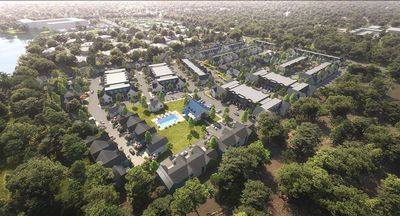- Sections :
- Crime & Public Safety
- Restaurants & Food
- Sports
- More
Napolitano discusses surviving deadly force incidents in church

MONTGOMERY COUNTY, Texas — Sadly, church congregations are becoming increasingly attractive targets for deranged shooters, drug addicts, domestic altercations, religious intolerance, and even fixation on a church member or staff person. Seemingly, the configurations of most churches with row upon row of people quietly seated with hands folded in prayer make for “can’t-miss” marks. That surmise is not necessarily true. As a person who has spent a lifetime in law enforcement and public safety, I have protected everyone from parishioners to Presidents of the United States.
Last week I spoke to almost 2,000 church officials, security coordinators, and pastors at the Texas Ministry Conference held at the Champion Forest Baptist Church. There are a number of key actions that can make the difference between being a survivor or a victim of an attack, as well as, how to stop perpetrators who attempt to commit violent acts at your church.
It is disturbing to discover that deadly force incidents at faith-based organizations are on the increase. In 1988, there was a single incident. In 2008, there were a dozen incidents.
Shockingly, 364 people have perished at faith-based organizations since 1999. An active shooter is defined as one or more individuals who participate in a random or systematic killing spree. Their overriding objective seems to be mass murder with deadly weapons.
There are numerous strategies for your church leadership to protect you, your family, and fellow churchgoers. You, yourself, need to learn survival tactics in the event your faith-based service is interrupted by a sudden attack from an active shooter. There is no church or religious facility that is immune to an attack, so your church needs to identify risks and find mitigations.
To prevent an active shooter from harming your congregation or staff, you must have the following:
Access Control
Armed Security
Active Shooter Training
Awareness
Ability to Take Action
With this security umbrella in place, you can implement mitigations to the risks.
An effective communications system
Trained Staff
A Security Assessment of the facility
Hired Professional Security
Security Systems
Cooperation with local law enforcement
System of Communications between ushers, security and staff
Background Checks on employees and service people
Firm Policies and Procedures in place and ready to activate
The most vital component of any security plan to halt or deter an active shooter is your Communications System. Start by determining what type of communications is in place for security and how it can be improved or upgraded, if necessary. Who is authorized to manage the radio traffic? Where is the Command Post located? Is your communications system linked to dispatch for fire, police, ambulance and health organizations? Ensure that your radio communications are used strictly for necessary traffic. Do not allow staff members to “goof off.”
Finally and hopefully, your security system, which includes firearms, is designed to be launched only in the event of an attack by an active shooter. Are firearms allowed on Church property? Are License-to-Carry holders allowed to carry on property? Are LTC acting as security or have you hired professionals? How are those persons identified as security personnel - by badge or other means? Are long guns stored on property and where? Is there a plan to use firearms if required to neutralize a problem.
When you properly prepare your faith-based organization, facility, and parking lot for deadly force interventions, you are also ready to fend off abductions, attempted abductions, suspicious deaths, group attacks, suicides, robberies, child predators, and assaults with a deadly weapon. Such is the world these days that honest God-fearing and worshipping people may be called upon to defend themselves as David did against Goliath.

















